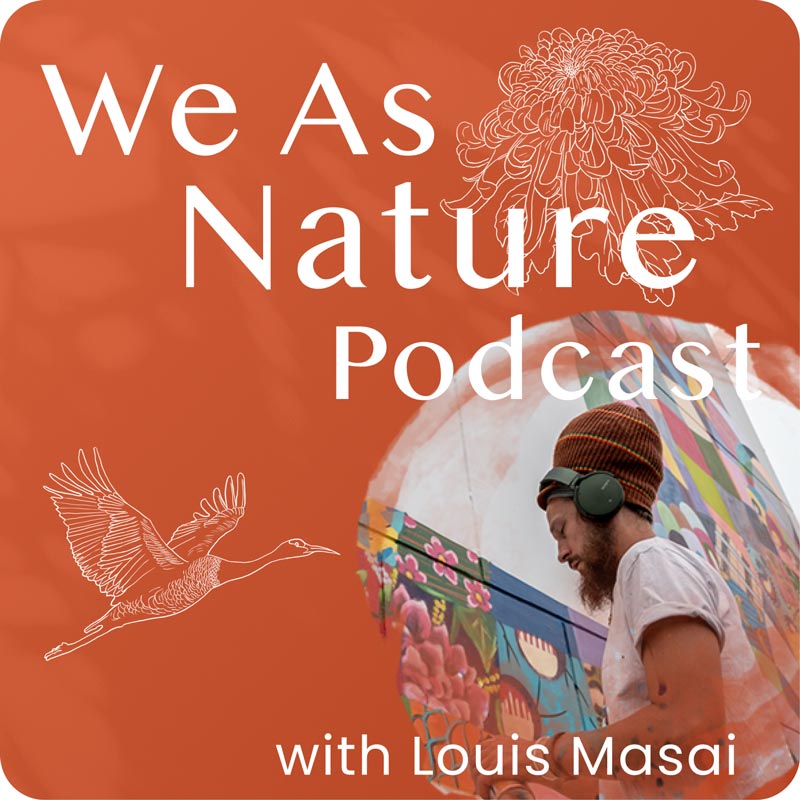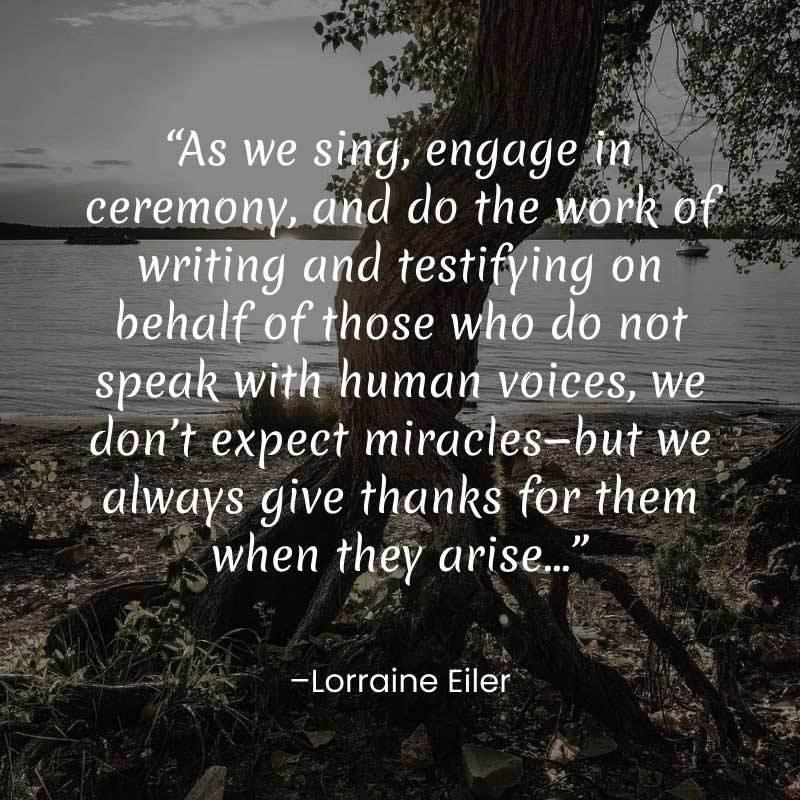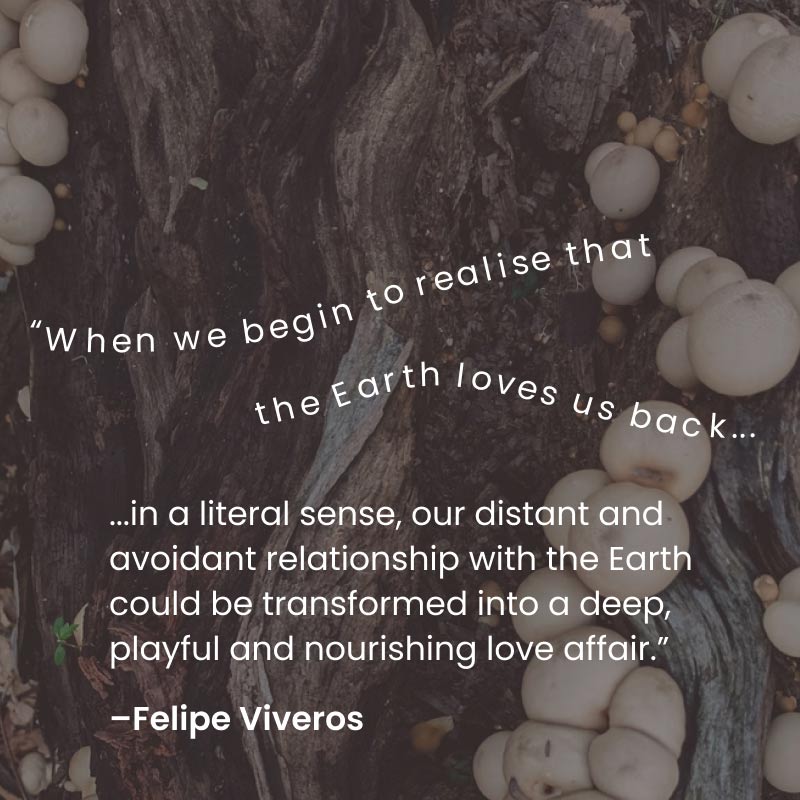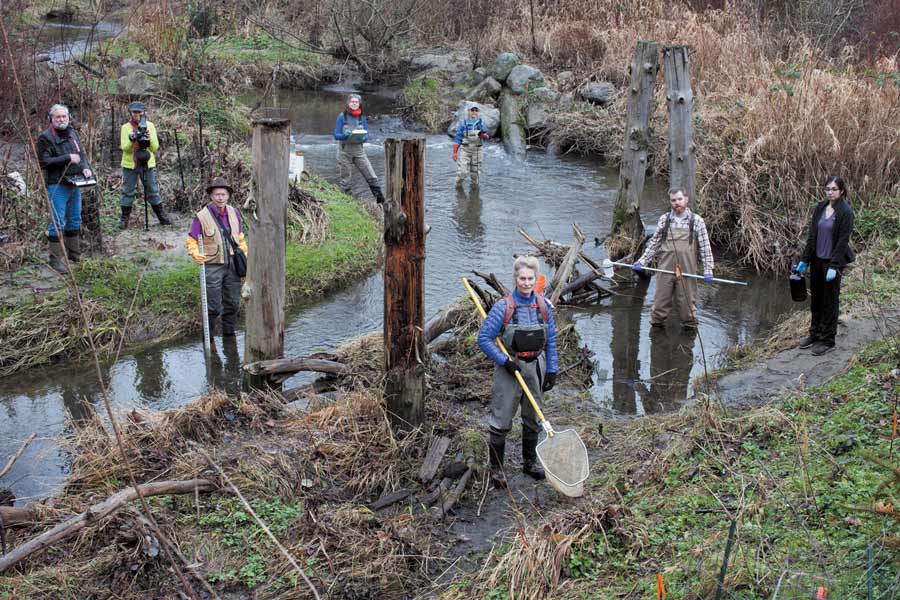Welcome to May’s edition of the Flourishing Monthly exploring what biodiversity means to you.
Our Flourishing Monthlies are a sharing of inspiration and insight for the journey towards a vibrant and healthy planet.
In honour of biodiversity day, which took place on May 22nd, we invite you to consider the question, “what does ‘biodiversity’ mean to me?”. Below you’ll find a selection of stories offering a rich and expansive exploration of the meaning of biodiversity—breaking down the barriers of a dictionary definition and bringing biodiversity to life.
By illuminating diverse habitats and the lived experiences within them, we’re invited to see ourselves nested within the biodiversity of life, as opposed to perceiving biodiversity as something that exists outside of us. Through these stories, we may come to understand biodiversity as the reciprocal, circular, interconnected aliveness that humans are innately part of.
Art, ecosystem restoration, and Indigeneity are central themes running through the podcast episode and articles below, inspiring us to consider how we might contribute to cultivating equilibrium in the natural world, and to ask ourselves—“what does it mean to leave a legacy that embraces our place in the biodiverse web of life?”
Embodying the circular nature of life
“We are nature and we are part of the natural biodiversity and the circle of life.”
—Louis Masai, painter, sculptor and muralist
In the latest We As Nature podcast episode, artist Louis Masai shares how the unfolding of his life, and the mycelial nature of his art, led him to an embodied understanding of the true essence of biodiversity and his own place within it. Louis’ story reflects the circular nature of life and encapsulates the interconnected nature of all living things, as he inspires us to consider the legacy each of us leaves behind.
 Rights of nature at the border
Rights of nature at the border
“My ancestors were dependent upon this wide, diverse landscape and its gifts. Many people today cannot see those gifts when they look at the desert, but I was taught that the different forms of life in the desert are intricate parts of our own being: the animals, the plants, the water.”
—Lorraine Eiler, Hia-Ced O’odham woman and a San Lucy District Alternate of the Tohono O’odham Legislative Council
The ability to trust, care for, and spiritually connect with our place and culture is something we are all capable of, but, for some of us, it’s an ability we have become disconnected from over the course of generations. As Lorraine Eiler so rightly puts it, “So many in this country, including Indigenous peoples, have been uprooted—forcibly or by choice—from places, culture, and a sense of belonging. This lack of rootedness can make it harder to see other rooted beings as beings who deserve to live with integrity in the places where they belong.”
Lorraine Eiler’s article, published by Emergence Magazine, offers an invitation towards the deeply personal and gradual process of re-rooting, so that—wherever we are in the world—we may find our place of belonging, nested within the rest of nature. (Photo by Bear Guerra)
 Reforest the mind
Reforest the mind
In this heartfelt article, published by Dumbofeather, Felipe Viveros shares why an Indigenous-led return to relationship with the living world can steer us towards solutions to the meta crisis we find ourselves in. His words sing true to Flourishing Diversity’s mission to reawaken the knowing that we are all part of the natural web of life, and the more biological and cultural diversity we can offer the web, the more flourishing we will see in the world.

To revive a river, restore its liver
“A stream is a system. It includes not just the water coursing between the banks but the earth, life and water around and under it.”
—Erica Geis, award-winning independent journalist
A radical rethink of water restoration has seen salmons return to Seattle’s most degraded creek for the first time in 20 years. In this article published by Scientific American, Erica Geis shares the enlightening story of the community project, spearheaded by biologist Katherine Lynch, which saw Thornton Creek become reacquainted with the many species it was stripped of when it was straightened to aid urban development.
This back-to-life story brings to light the multilayered & invisible interactions within biodiverse ecosystems. By seeing the river as having a “liver,” we are reminded of the shared similarities between all living systems. (Photo by Jelle Wagenaar)
Receive the Flourishing Monthly direct to your inbox every month, sign up here.
